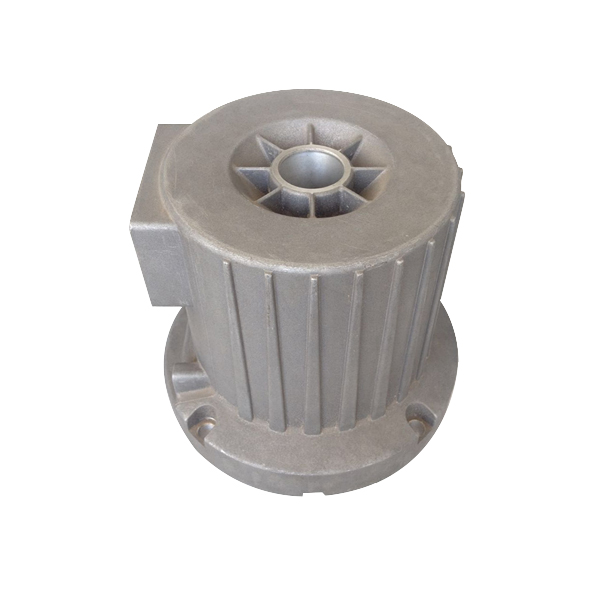Mobile:+86-311-808-126-83
Email:info@ydcastings.com
English
Different Impeller Designs for Enhanced Performance in Fermenters and Their Applications
Types of Impellers in Fermenters
Fermenters are essential components in various bioprocessing industries, including pharmaceuticals, food and beverage production, and biofuels. Central to the functioning of a fermenter is the impeller, which plays a crucial role in mixing, aeration, and ensuring optimal conditions for microbial growth. Different types of impellers are used in fermenters, each designed to achieve specific functions and enhance the efficiency of the fermentation process. This article will explore the most common types of impellers used in fermenters and their unique characteristics.
1. Rushton Turbine Impellers
The Rushton turbine is one of the most widely used impellers in fermentation processes. It features a series of flat blades mounted on a central shaft and is known for its excellent aeration capabilities. The design allows the creation of high shear and turbulence, which is essential for mixing and oxygen transfer in aerobic fermentation. The Rushton turbine is particularly useful in processes that require a high degree of mixing, such as the cultivation of yeast and bacteria.
2. Pitch Blade Turbines
Pitch blade turbines are characterized by blades that are angled to create better flow patterns. They can be designed with varying pitch angles, allowing for flexibility in achieving desired mixing rates. This type of impeller provides moderate shear and is effective in blending both viscous and non-viscous fluids. Their versatility makes pitch blade turbines suitable for a wide range of fermentation processes, including those involving shear-sensitive organisms.
types of impeller in fermenter

Anchor impellers are typically used in fermenters where high viscosity is a concern. The design of anchor impellers allows them to scrape the walls of the fermenter, ensuring uniform mixing of thick or sticky substrates. They are particularly beneficial in processes like those involving the fermentation of molasses or other high-solids media. However, their mixing efficiency decreases in low-viscosity fluids, limiting their application in such scenarios.
4. Helical Ribbon Impellers
Helical ribbon impellers consist of a central shaft with helical blades wrapped around it. This design is highly effective for mixing and pumping viscous materials, making them ideal for certain fermentation processes where uniformity is critical. These impellers facilitate both radial and axial flow, ensuring that nutrients and microorganisms are evenly distributed throughout the fermenter. They are commonly used in bioprocesses involving slurries or pasty materials.
5. Maxblend Impellers
Maxblend impellers are designed to enhance axial flow and mixing efficiency in a variety of fermentation substrates. They often feature an asymmetric blade design that reduces dead zones and promotes uniform mixing. This type of impeller is suitable for a wide range of fermentation applications, including the production of enzymes, antibiotics, and other metabolites. The efficiency of Maxblend impellers can lead to shorter fermentation times and increased yield.
Conclusion
The choice of impeller in a fermenter significantly influences the performance of fermentation processes. By understanding the characteristics and applications of various impeller types, bioprocess engineers can select the most suitable option for achieving optimal mixing, aeration, and nutrient distribution. Factors such as fluid viscosity, shear sensitivity, and the specific requirements of the microorganisms being cultivated should all be considered when selecting an impeller. As technology advances, ongoing innovations in impeller design promise to further enhance the efficiency and effectiveness of fermenters in diverse biotechnological applications.
-
Premium Fan Housing & Motor Casing for Optimal AirflowNewsAug.31,2025
-
High-Performance Automobile Water Pump & Electric SolutionsNewsAug.30,2025
-
Expert Stainless Steel Casting | Precision & Durable Metal PartsNewsAug.29,2025
-
Precision Metal Castings: Aluminum, Stainless Steel & Die CastingNewsAug.28,2025
-
Superior Aluminum Castings in Automotive Engine PartsNewsAug.22,2025
-
Common Materials Used in Fan Housing ManufacturingNewsAug.22,2025











